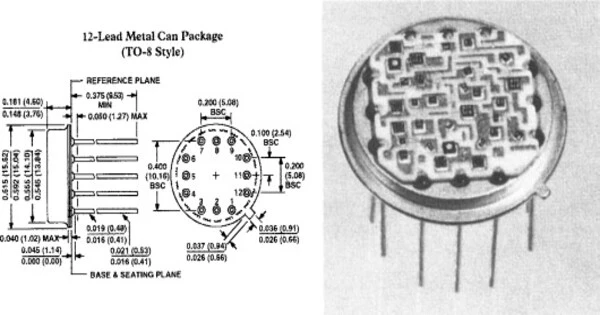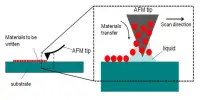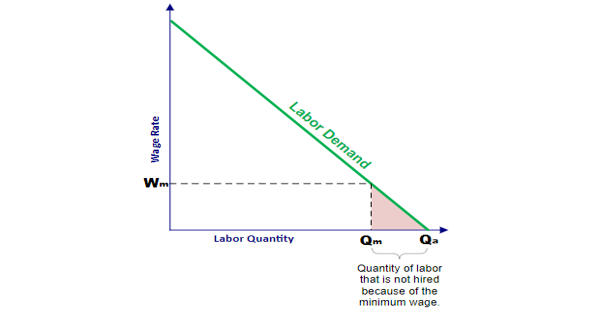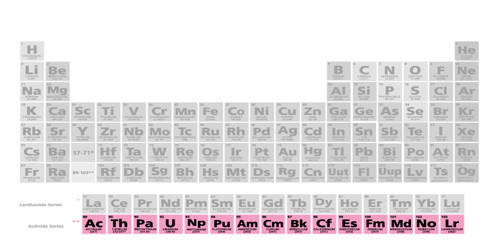A hybrid integrated circuit (HIC), hybrid microcircuit, hybrid circuit, or simply hybrid is a miniaturized electronic circuit made up of individual devices bonded to a substrate or printed circuit board (PCB), such as semiconductor devices (e.g., transistors, diodes, or monolithic ICs) and passive components (e.g., resistors, inductors, transformers, and capacitors). It is a type of electronic circuit that combines the technologies of monolithic (integrated on a single semiconductor substrate) and discrete (individual electronic components). According to the definition of MIL-PRF-38534, a PCB with components on a Printed Wiring Board (PWB) is not a true hybrid circuit. It is also known as a hybrid microcircuit or hybrid integrated circuit.
Certain components in a hybrid IC are typically integrated onto a semiconductor substrate using thin-film or thick-film processes. Transistors, diodes, resistors, and capacitors are examples of integrated components. The hybrid IC, on the other hand, includes discrete components such as resistors, capacitors, inductors, or even integrated circuits packaged separately.
Typically, discrete components are mounted on a ceramic or plastic substrate and interconnected via wire bonding or soldering techniques. These discrete components are then linked together with the integrated components to form a working electronic circuit.
The term “integrated circuit” now refers to a monolithic IC, which differs significantly from an HIC in that an HIC is fabricated by interconnecting a number of components on a substrate, whereas an IC’s (monolithic) components are fabricated in a series of steps entirely on a single wafer, which is then diced into chips. Some hybrid circuits, particularly Multi-chip module (MCM) hybrid circuits, may contain monolithic ICs.
Hybrid integrated circuits are frequently used in applications where the performance, functionality, or packaging requirements of a monolithic integrated circuit cannot be fully met. They provide several benefits, including:
- High power handling capability: Hybrid ICs can handle higher power levels compared to monolithic ICs due to the use of discrete components with higher power ratings.
- Design flexibility: The combination of integrated and discrete components allows for more design flexibility, enabling the integration of specialized or custom components into the circuit.
- Improved reliability: Hybrid ICs can offer enhanced reliability due to the use of robust discrete components, which can be individually tested and screened before assembly.
- Thermal management: The separate packaging of discrete components enables better thermal management as heat generated by high-power components can be dissipated more effectively.
Hybrid integrated circuits are used in a variety of industries, including aerospace, military, telecommunications, automotive, and industrial. They are frequently used in power amplifiers, signal conditioning circuits, sensor interfaces, high-temperature applications, and other specialized applications that require the integration of multiple technologies.















